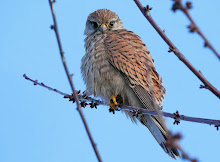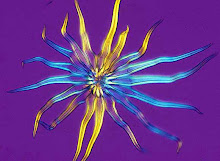There were scores of these little chimney sweeper Odezia atrata moths flying in the sunlight in the hay meadow in Durham University Botanic Garden this morning. It seemed as though there had been a recent mass emergence, since they were all in mint condition, with the white tips to their sooty-black wings intact.
Their larvae feed on the flowers of pignut, the white umbellifer growing amongst the hay rattle in the photo below.
The meadow has a sheltered, southerly-facing aspect, perfect for this little day-flying moth that only produces one generation, in early summer, each year.






























